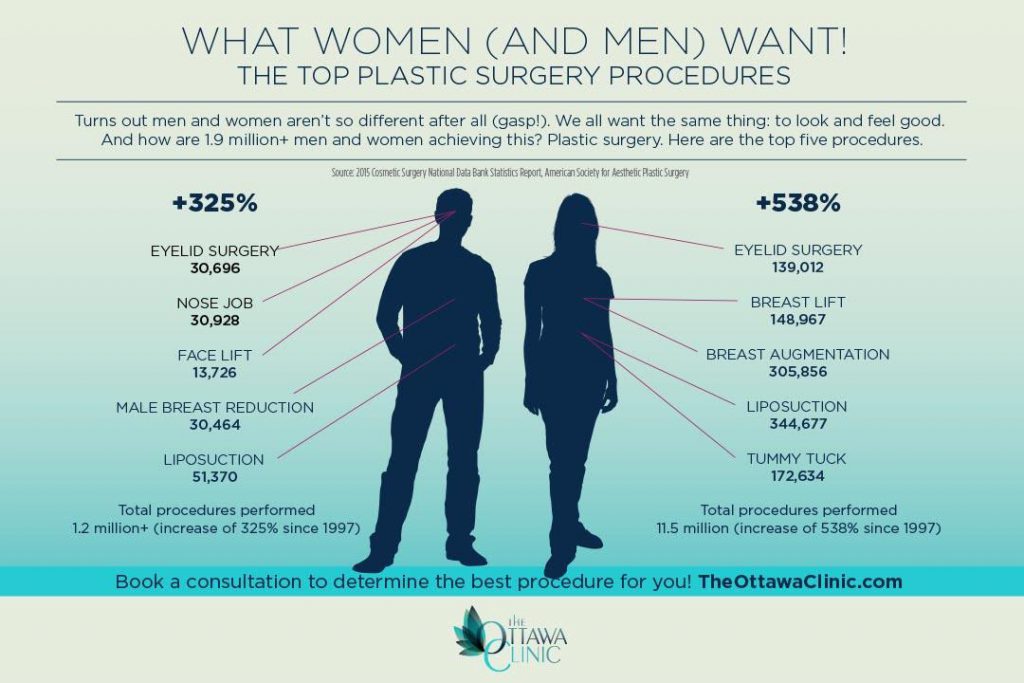How To Manage Acne During Periods
How To Manage Acne During Periods
Blog Article
Acne on Different Parts of the Body
Acne does not simply affect your face, it can appear anywhere you have oil glands. These include the breast, shoulders and back. Additionally called bacne, it can be equally as unsightly and uncomfortable as face acne.
Both men and women can establish blackheads and whiteheads on these body locations along with pimples. These include Papules topped with pus-filled sores and extreme nodular cystic acne.
Face
Acne occurs when your pores get blocked with oil, dead skin cells and germs. These accumulations generate inflammatory sores called pimples, or areas. Acne lesions include blackheads, whiteheads and papules, which are sore, pink or red bumps that are filled with pus (likewise referred to as inflammatory papules). They may also include nodules, which are hard, agonizing, pus-filled lumps and cysts, which are deep and usually leave scars.
While acne presents no major threat to your health and wellness, it can be unpleasant or embarrassing, especially if you have severe acne that creates scarring. It typically shows up during the adolescent years and can last for 3 to 5 years.
Back
Acne on the back, likewise called bacne, can form on the shoulders and top back. This type of acne creates when skin hair pores obtain clogged with dead skin and sweat or oil created by the sebaceous glands. These stopped up pores can lead to whiteheads, blackheads, acnes, papules, cysts or nodules.
The shoulder and back have extra sebaceous glands than the face, making them at risk to acne breakouts. Teens and expecting females may have extra back acne because of hormone modifications. Rubbing from ill-fitting apparel and backpacks, in addition to trapped sweat, can intensify the problem.
Easy way of living tactics can assist take care of bacne and avoid future episodes, such as showering after exercise and cleaning bed linens often. Non-prescription topical cleansers and moisturizers with salicylic acid or reduced focus of benzoyl peroxide can remove excess oil and unblock pores.
Upper body
Like deal with acne, upper body breakouts happen anywhere oil glands are concentrated. They are most usual in areas where sweat can obtain trapped such as in skin folds. It can create in both men and women of any ages.
Acne on the upper body can occur when excess sebum blends with dead skin cells and bacteria clogging hair roots and pores. The upper body is prone to this because it has more oil glands than various other parts of the body.
Too much sweating followed by a failure to clean, scented perfumes or perfumes, irritant active ingredients in skin care products and medicines like steroids, testosterone supplements and state of mind stabilizers can all add to chest breakouts. Anybody with a relentless upper body breakout should talk with their medical professional or dermatologist.
Buttocks
While it's seldom gone over, acne can take place anywhere on the body that contains hair roots. Clogged up pores and sweat that collect in the butts can lead to booty pimples, especially in ladies that have hormone inequalities like polycystic ovary disorder. Reaching the origin of the problem requires a comprehensive analysis by a board-certified skin specialist.
Imperfections on the buttocks can be because of a range of problems, consisting of keratosis pilaris and folliculitis. They appear like acne as a result of their flushed appearance, but they're generally not really acne. Clients can stop butt acne by using loosened garments and bathing regularly with anti-bacterial soap or a noncomedogenic cleanser.
Arms
While even more study is required, it's possible that acne on the arms may be triggered by hormonal changes or discrepancies. Hormonal changes can set off excess oil production, causing outbreaks. Rubbing from limited garments or extreme rubbing can likewise irritate the skin, contributing to arm acne.
If what looks like acne on the arms is red, splotchy and scratchy, it can in fact be hives or dermatitis. If you are unclear, speak to a skin specialist to get to the bottom of what's triggering your signs.
Washing the skin frequently, specifically after sweating or exercising, can help keep arm acne at bay. Exposed Skin Care uses a body laundry that is gentle on the skin and helps stop irritability and unclogs pores.
Legs
Although the face, back and upper body are one of the most common places to get acne, the problem can turn up anywhere that hair follicles or oil glands exist. These consist of the groin, arms, and legs.
Unlike the bumps that show up on your cheeks and forehead, the bumps on your leg are typically not pimples but rather inflamed, red follicles called folliculitis. Acne on the legs can be caused by hormone changes, sweat and rubbing, or a diet regimen high in skinlab milk and sugar.
If you have folliculitis, your bumps may resemble blackheads (open comedones that appear black as a result of oxidation of sebum and dead skin cells) or whiteheads (closed comedones that are identified by small, dome-shaped papules). Your imperfections can also materialize as red or pink pus-filled sores called pustules or blemishes and cysts.